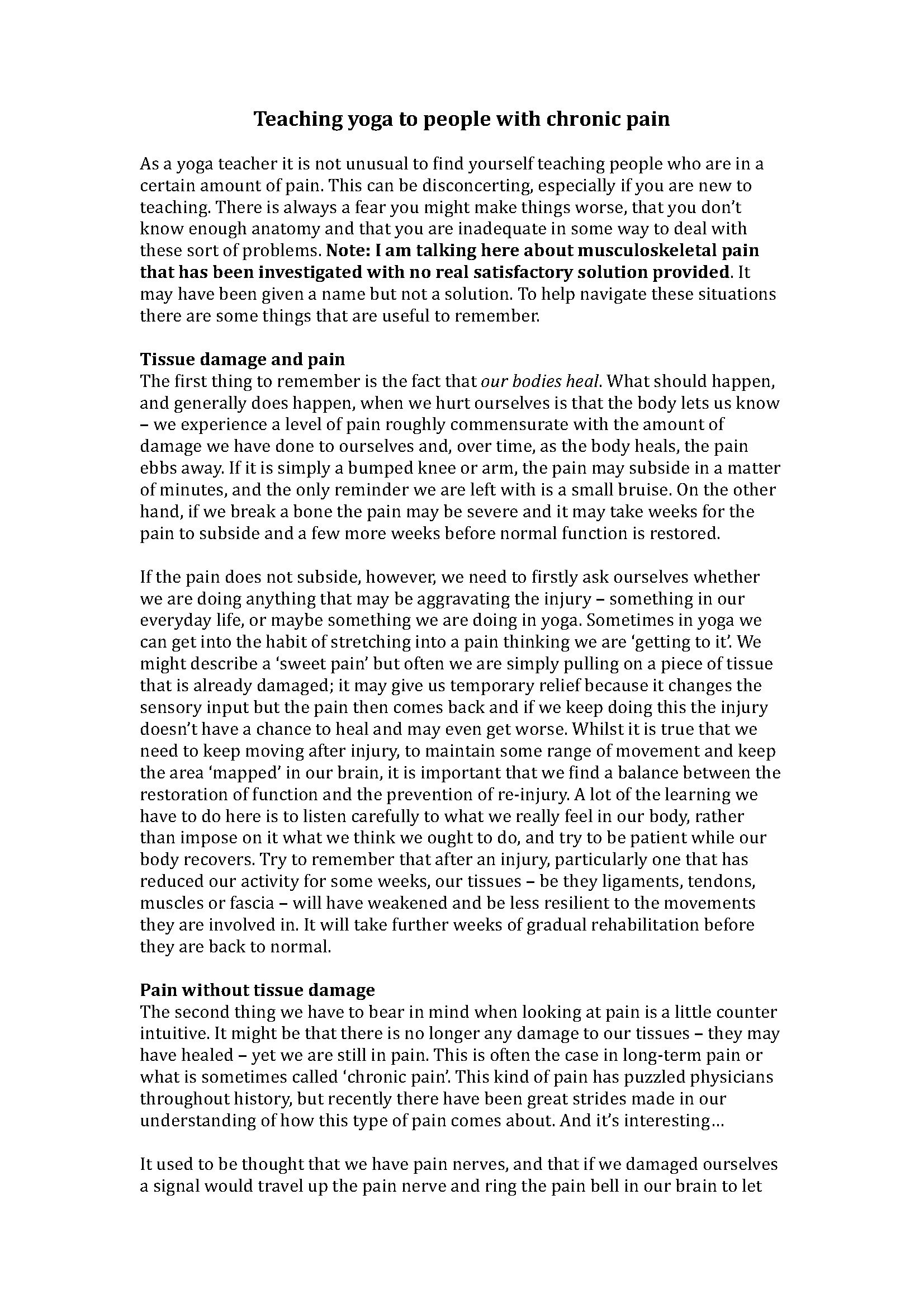Mereology: the study of the relationship of parts to the whole.
Stomachs don’t eat lunch, mouths don’t talk and eyes don’t see… We would never use this kind of language because we know it doesn’t really make sense. However it is not unusual in an anatomy class to be told that a bicep flexes the elbow. These parts play a role in the functions described but they can’t elicit these actions on their own. This kind of thinking falls prey to the ‘mereological fallacy’, yet it runs deep in our study of anatomy – and nowhere is it more evident than in yoga anatomy books; often beautifully illustrated books showing exactly which muscle does what action, on a perfectly clean skeleton. Just in case there is any doubt, the origin, insertion, innervation and function are usually described on the same page.








